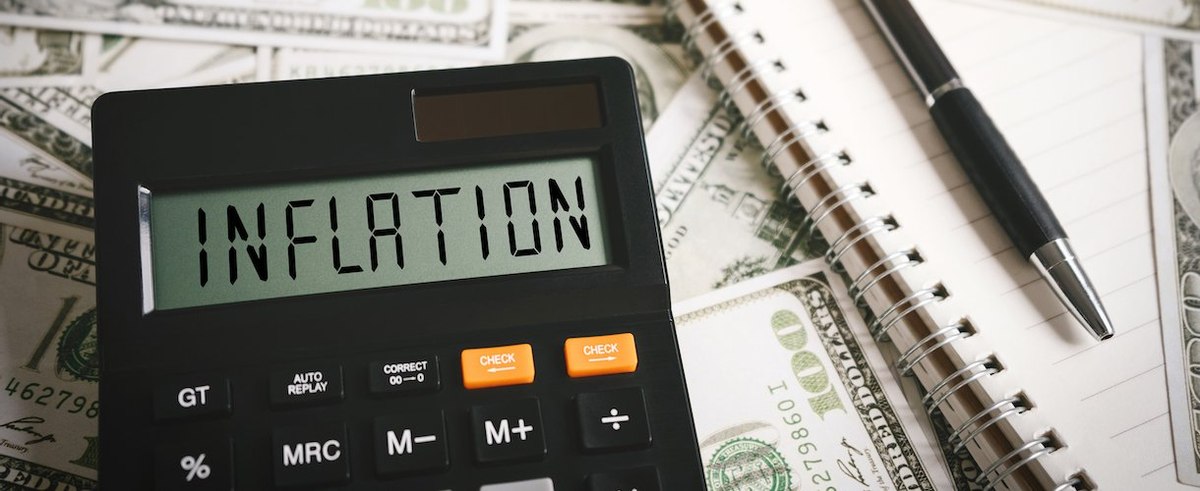Most Americans see inflation as a major problem. In the latest Economist/YouGov survey, 74% of Americans said inflation and prices was a "very important" issue, more than any other issue. 22% say it is their most important issue, at least double the share who say so about any other issue.
But when Americans talk about "inflation," they don't all mean the same thing. YouGov surveyed 1,000 Americans this month to sort out how Americans are understanding and defining the country's recent price increases.
Most Americans see 'inflation' as how much prices have risen
In popular usage the term "inflation" can refer to multiple related phenomena. It can describe how much prices have risen over a period of time — or to how quickly prices are changing right now. If the "inflation rate" is positive but declining, it means prices are still increasing, just more slowly than they had been.
Americans are more likely to think of inflation in terms of how much prices have risen (53% of U.S. adult citizens) than in terms of how much they're rising right now (38%).
This holds true across the political spectrum and across income brackets, though people in upper-income families are particularly likely to think of inflation as how much prices have risen.
Most Americans say prices are still rising
But any differences of definition don't seem to be driving concern over inflation. Regardless of whether Americans think of inflation as something in the past or something happening now, they say prices are continuing to rise. 67% who say that inflation is past price increases say prices are currently rising a lot, as do 58% of those who say inflation is current price increases.
Official government measures of inflation indicate that prices have largely stopped rising, with 0% growth in October and 0.1% growth in November (changes are from the month before, seasonally adjusted). Underneath that total figure, some goods are increasing in price — such as housing prices, up 0.4% in November — while others are decreasing, such as gasoline, down 6%.
Most Americans say the economy features increasing prices. Overall, 59% of Americans say prices have not merely increased a lot in recent years but are still increasing a lot. 25% say prices increased a lot but have now stabilized. Another 6% say prices increased a lot but are starting to decrease, and 5% say they haven't increased a lot.
That prices are still increasing a lot is a broadly held belief. 50% of Americans whose families earn more than $100,000 per year say prices are still increasing a lot, as do 56% who earn between $50,000 and $100,000 and 63% who earn less than $50,000. So do 73% of Republicans, 43% of Democrats, 65% of people 65 and older, and 45% of adults under 30.
Few Americans say their income is growing faster than expenses
Overall, 52% of Americans say their family income is just keeping up with expenses. Another 30% say their income is falling behind expenses, while just 9% say their income is growing faster than expenses.
Members of high-earning households are less likely than others to say they're falling behind expenses. So are adults under 30, though this mostly reflects greater uncertainty among these young adults. Americans between 45 and 64 are the age group most likely to say their income is falling behind expenses.
Democrats are more likely than Republicans or Independents to say they're keeping up with expenses, which reflects the ways in which party affiliation drives people's self-reported financial status.
— Carl Bialik contributed to this article
See the results for this YouGov poll
Methodology: This poll was conducted online on December 5 - 11, 2023 among 1,000 U.S. adult citizens. Respondents were selected from YouGov’s opt-in panel using sample matching. A random sample (stratified by gender, age, race, education, geographic region, and voter registration) was selected from the 2019 American Community Survey. The sample was weighted according to gender, age, race, education, 2020 election turnout and presidential vote, baseline party identification, and current voter registration status. Demographic weighting targets come from the 2019 American Community Survey. Baseline party identification is the respondent’s most recent answer given prior to November 1, 2022, and is weighted to the estimated distribution at that time (33% Democratic, 31% Republican). The margin of error for the overall sample is approximately 4%.
Image: Getty (Khanchit Khirisutchalual)








